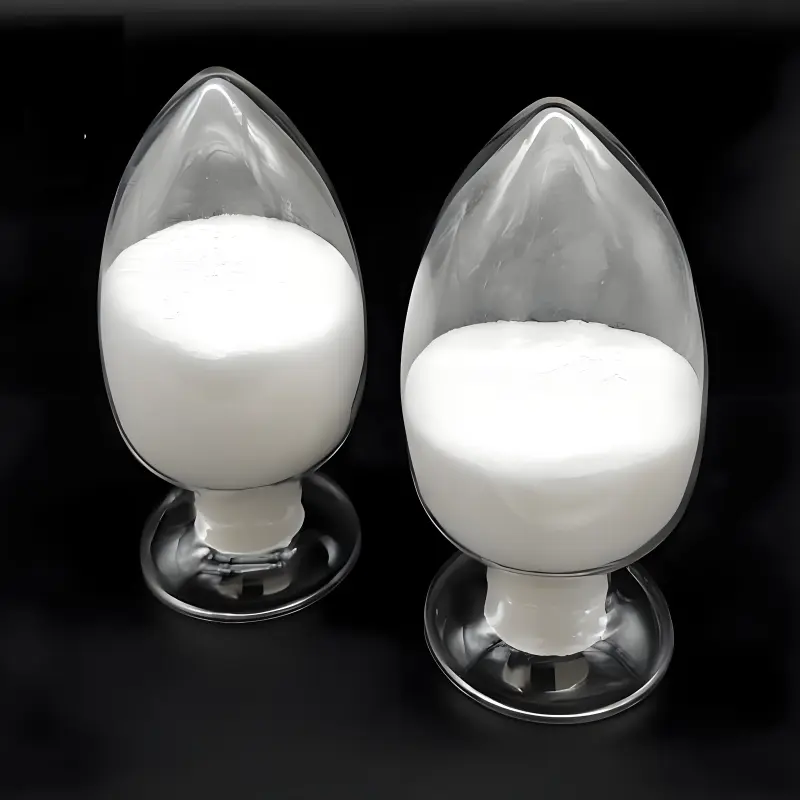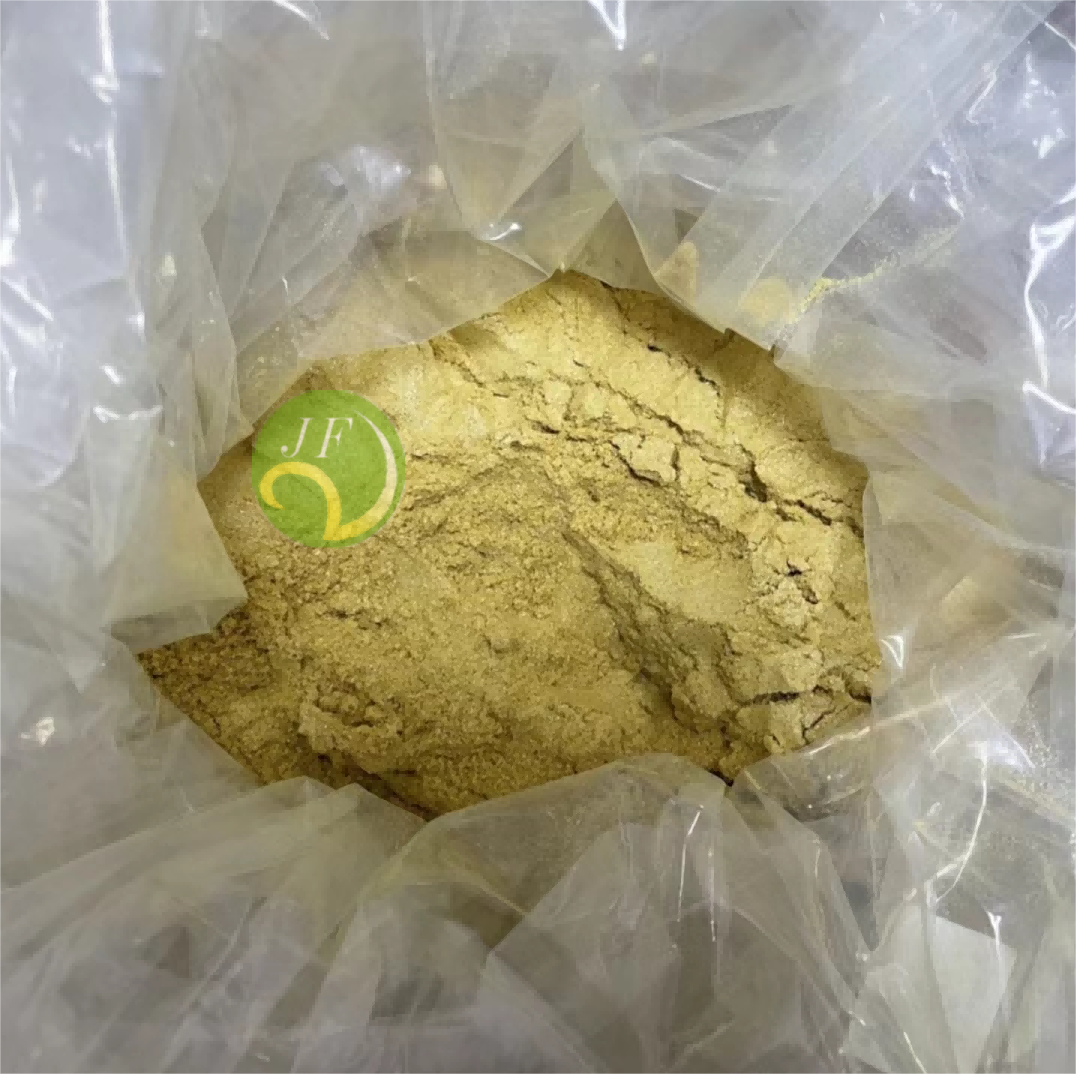-
Categories
-
Pharmaceutical Intermediates
-
Active Pharmaceutical Ingredients
-
Food Additives
- Industrial Coatings
- Agrochemicals
- Dyes and Pigments
- Surfactant
- Flavors and Fragrances
- Chemical Reagents
- Catalyst and Auxiliary
- Natural Products
- Inorganic Chemistry
-
Organic Chemistry
-
Biochemical Engineering
- Analytical Chemistry
-
Cosmetic Ingredient
- Water Treatment Chemical
-
Pharmaceutical Intermediates
Promotion
ECHEMI Mall
Wholesale
Weekly Price
Exhibition
News
-
Trade Service
Ethyl (3S)-4-chloro-3-hydroxybutanoate, commonly known as 2-chloro-3-hydroxypropionic acid or 2-Cloro-3-hydroxypropionate, is an organic compound that is widely used in the chemical industry.
It is a colorless liquid with a characteristic unpleasant odor that is soluble in water and many organic solvents.
The compound is synthesized through a variety of methods, but one of the most common methods involves the hydrolysis of 2-chloro-1,3-dibromopropane, also known as a reactive halogenate.
This reaction results in the formation of 2-chloro-3-hydroxypropionic acid, which can then be converted into its salt or ester form for use in various applications.
In recent years, the demand for 2-chloro-3-hydroxypropionic acid and its derivatives has been on the rise due to their use in a variety of industrial and consumer products.
This article will explore the various industrial applications of 2-chloro-3-hydroxypropionic acid and how it is used as an important building block in the chemical industry.
One of the primary uses of 2-chloro-3-hydroxypropionic acid is in the production of various chemicals and intermediates.
For example, it can be used as a building block for the synthesis of surfactants, detergents, and other types of cleansing agents.
It is also used in the production of polymers, such as polyesters and polyurethanes, and in the production of various types of coatings and paints.
In addition to its use in chemical synthesis, 2-chloro-3-hydroxypropionic acid is also used in the production of pharmaceuticals and personal care products.
It can be converted into its salt form, which can then be used as an intermediate in the production of various medications, such as antacids and anti-inflammatory drugs.
It is also used in the production of various types of cosmetics and personal care products, such as shampoos, soaps, and lotions.
2-chloro-3-hydroxypropionic acid is also used as a laboratory reagent and can be used in various types of chemical reactions.
For example, it can be used as a catalyst for the esterification of carboxylic acids and alcohols, and it can also be used in the synthesis of amino acids and other organic compounds.
One of the advantages of 2-chloro-3-hydroxypropionic acid is its versatility.
It can be converted into a variety of different forms, such as its salt or ester forms, which can then be used in different applications.
This versatility makes it an attractive building block for the chemical industry, as it can be used in a variety of different products and processes.
However, there are also some potential health risks associated with the use of 2-chloro-3-hydroxypropionic acid.
It is known to be a skin irritant and can cause reproductive toxicity, mutagenicity, and cancer in animal studies.
As such, it is important to handle the compound with caution and to follow proper safety protocols when working with it.
In conclusion, 2-chloro-3-hydroxypropionic acid is an important building block in the chemical industry, with a wide range of applications in the production of various chemicals, pharmaceuticals, and personal care products.
Its versatility and availability make it an attractive option for chemical synthesis, but it is important to handle it with caution and to follow proper safety protocols to minimize any potential health risks.






